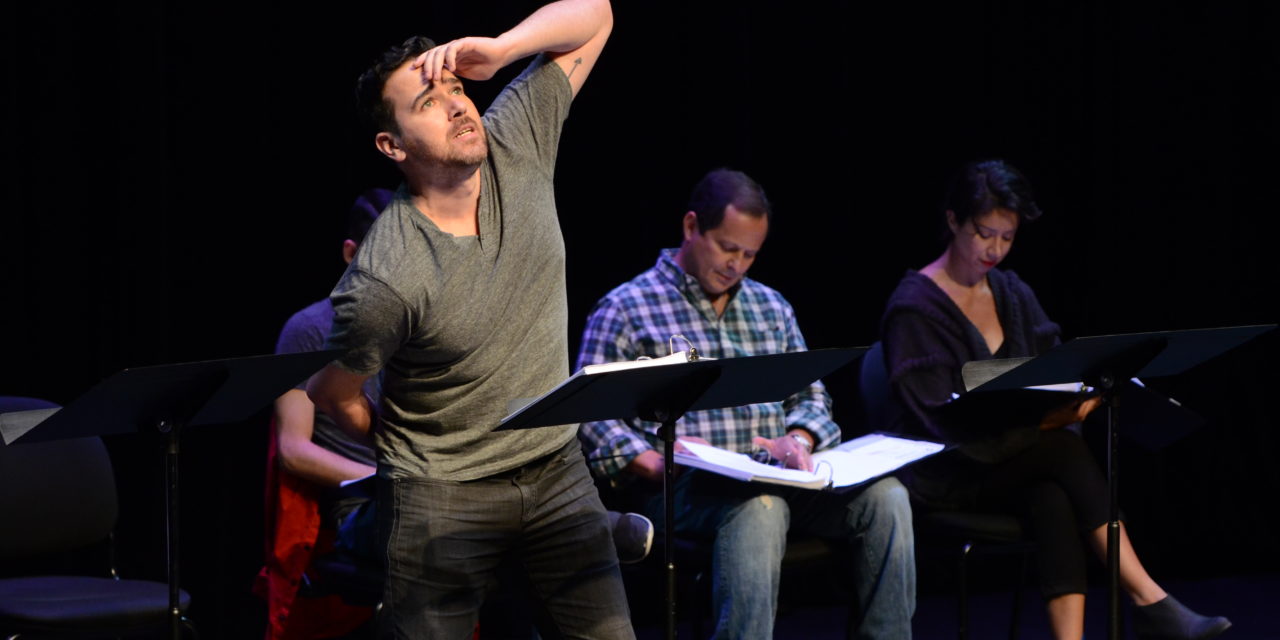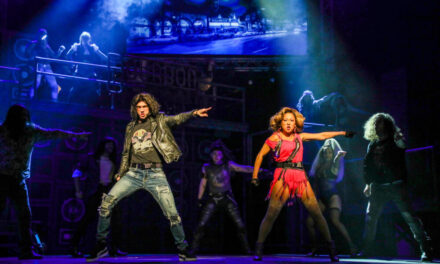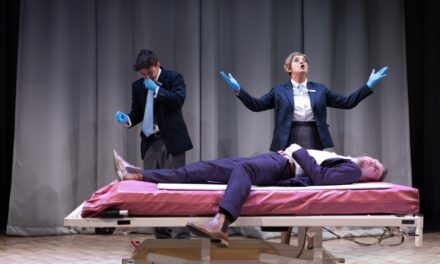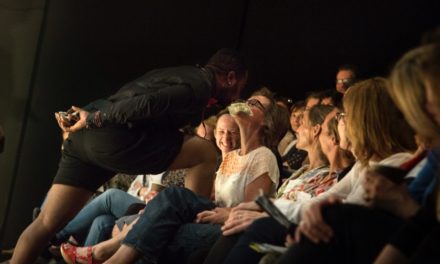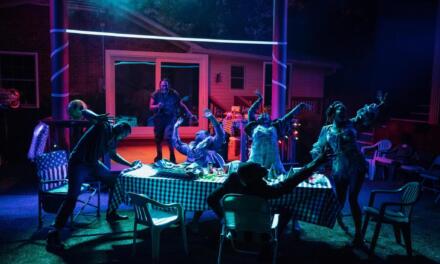While native Texas playwright Mando Alvarado now lives in Los Angeles working in theatre, television, and film, he still maintains close ties to the Lone Star State. Next month, Alvarado will be in Houston to see his new play, Living Sculpture, receive a developmental workshop and staged reading under the direction of Abigail Vega as part of the inaugural Sin Muros: A Latina/o Theatre Festival at Stages Repertory Theatre. At Sin Muros, Alvarado will also be seen on stage acting in Tanya Saracho’s Songs For The Disappeared.
In this interview, Alvarado discusses his relationship with Texas, writing for television, and Living Sculpture.
Trevor Boffone: While your plays are not always explicitly set in Texas, the state is clearly present in the majority of your work. How does Texas influence your writing?
Mando Alvarado: It’s what I know best. It’s roots. It’s Dazed And Confused and Friday Night Lights. It’s border life and El Pato and Whataburger and getting drunk in a back of a pickup. It’s dancing every weekend to country music, or Tejano music, or club music. It’s the beach. It’s, for better or worse, home.
TB: What is your relationship with Texas?
MA: I have a strange love and affinity for South Texas and Texas in general. I carry a bit of dissonance for loving a place so many people outside of Texas hate. The reputation Texas has in places that I have lived is a rough one. The politics have skewed so far to the right and I’m usually in an environment that is mostly liberal so I find myself having to defend a place I no longer live in. But the Texas I know, the people I know, the experiences I’ve lived don’t always sync up with the image of Texas at the moment.
TB: Since 2006, you have been writing for television, notably for Greenleaf and Vida. How did you make the transition from stage to screen?
MA: It was like learning a new language. TV has a code, a way of working that you need to be able to grab a hold of if you want to survive. There’s a method to writing for television that is hard to pick up unless you get the opportunity to work in a writer’s room. It can’t really be taught without it. But getting in a writer’s room and navigating the politics and hierarchy of a writer’s room is a lesson all unto itself. That’s been the challenge.
TB: What has your writing for television taught you about playwriting?
MA: Structure and what is the essence of the story you are trying to write. TV writing makes you be specific. A play is like a free-flowing poem in some ways. The play, as you write, will tell you what the structure will be. But, sometimes you forget to ask those questions as you write and you end up spending a lot of time trying to find the essence of the play. But TV makes you ask those questions up front, a road map of sorts so that when you begin to write, you have a direction and then you are free to veer off if you need to but always with a destination in mind.

Basilica by Mando Alvarado at The Cherry Lane Theatre.
TB: Your new play—Living Sculpture—will receive a workshop under the direction of Abigail Vega during Stages Repertory Theatre’s Sin Muros Latina/o Theatre Festival. Can you tell us more about Living Sculpture?
MA: Living Sculpture is about race and friendship. Todd has bought a living sculpture and his best friend, Michael, is completely offended by the purchase and cannot believe Todd would do something like that. Their other close friend, Jeremy, is offended as well but he also finds value in the living sculpture and refuses to pick a side. This living and breathing thing will cause a rift in a long-term friendship that was built on a history of convenience and not on actual things they have in common.
TB: Why this play? Why now?
MA: Trump’s America. Diversity is under attack. Racial bias is being expressed on a day-to-day basis now. It’s a war between the old and the new. One of the things that spurred me to write the play was the debate about Civil War Monuments. That leads me to think about all those photographs that depicted African Americans and Mexicans being lynched. And all of the white faces that stood back in the crowd, watching, reveling in their mob justice. Thousands of photographs and thousands of white faces just watching. I started thinking about the fact that those people didn’t go anywhere when civilization moved forward and passed the civil rights act. They didn’t disappear when schools became integrated and communities became integrated and workplaces became integrated. They kept quiet, hiding their hate, from all those integrated people around them until someone like Trump came along and gave them permission to express their viewpoint. I realized that growing up in Texas as a Mexican-American had its pros and cons. I grew up in an environment mostly made up of Mexican-Americans so I didn’t fully experience racism to a large degree but when I left South Texas, I realized that I became the other. I was the token of the room. Most of my friends were white so when I went to a party or a wedding or a work function, I would scan the room and only see my face in the people who were serving the drinks or passing around the appetizers. I realized I was the hanging fruit in the room, the living and breathing statue in the room, the object in the middle of the photograph, surrounded by white eyes.
TB: What are you hoping to learn about Living Sculpture during the workshop process?
MA: I want to tighten the play. Find deeper moments. Strengthen the premise. I’m curious to see how an audience is going to respond.
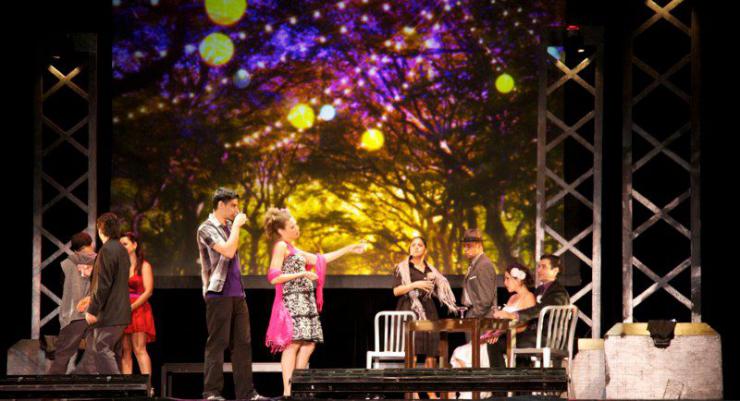
Sangre by Mando Alvarado at Central Park SummerStage.
This post was written by the author in their personal capacity.The opinions expressed in this article are the author’s own and do not reflect the view of The Theatre Times, their staff or collaborators.
This post was written by Trevor Boffone.
The views expressed here belong to the author and do not necessarily reflect our views and opinions.

